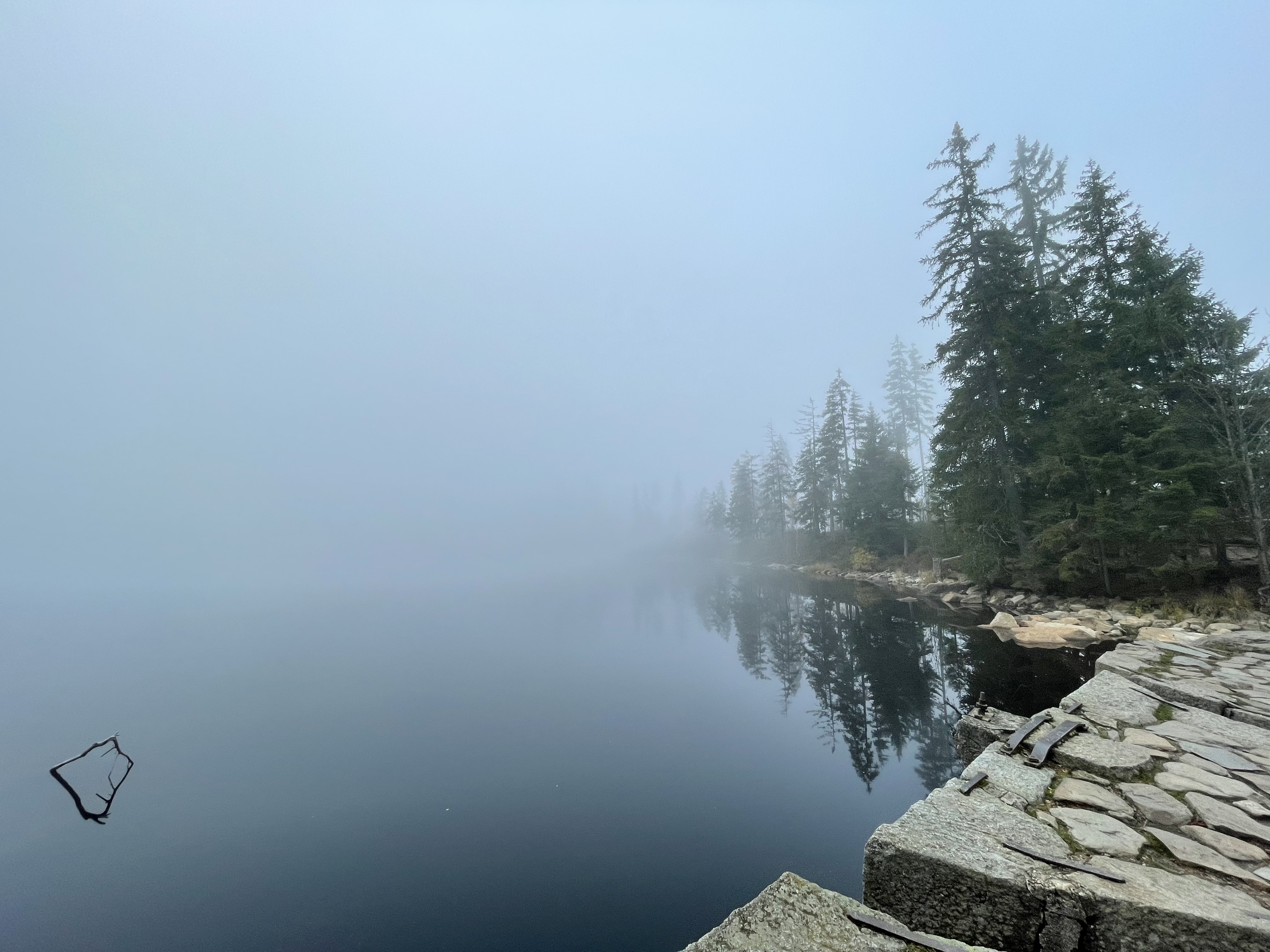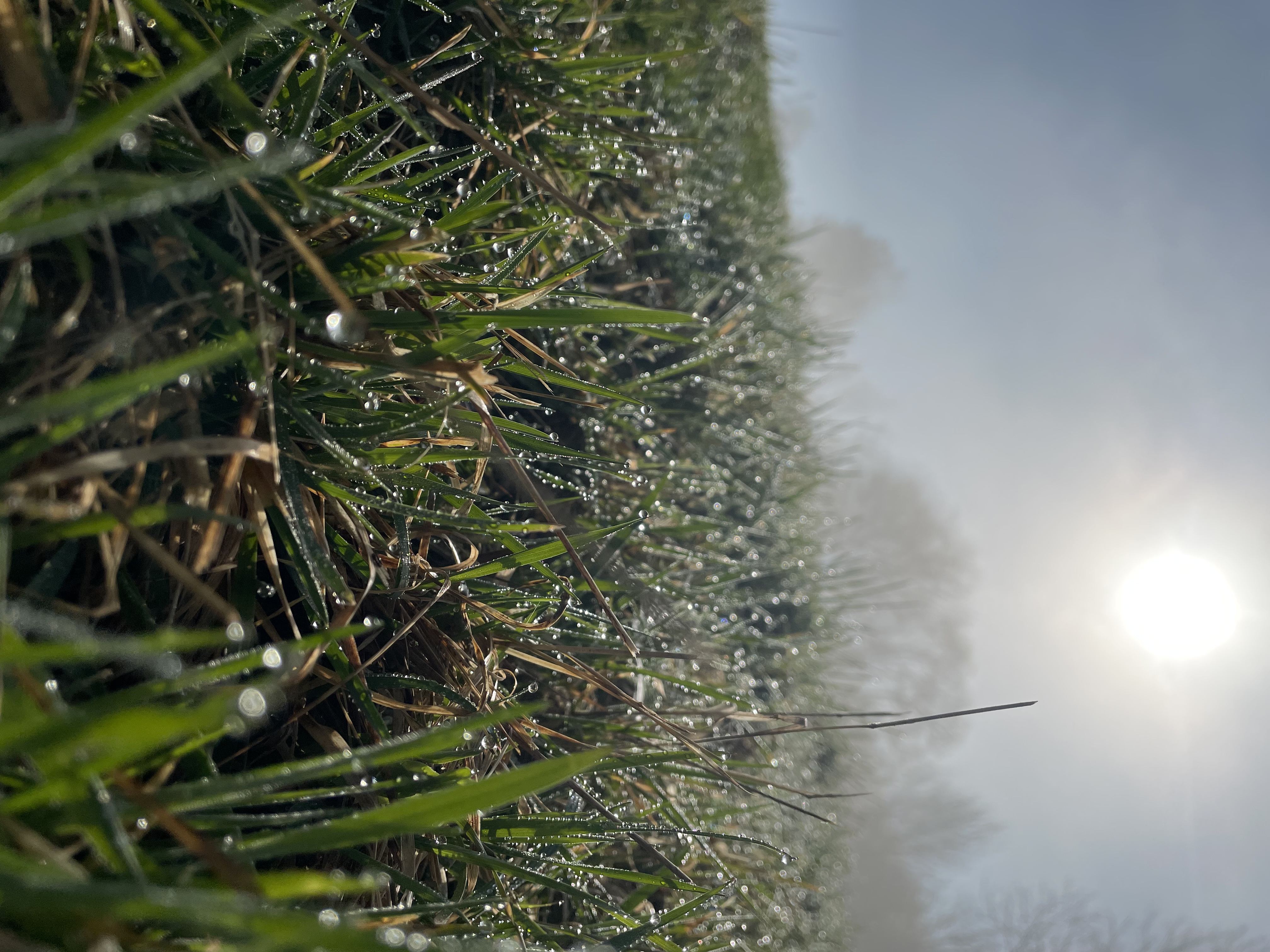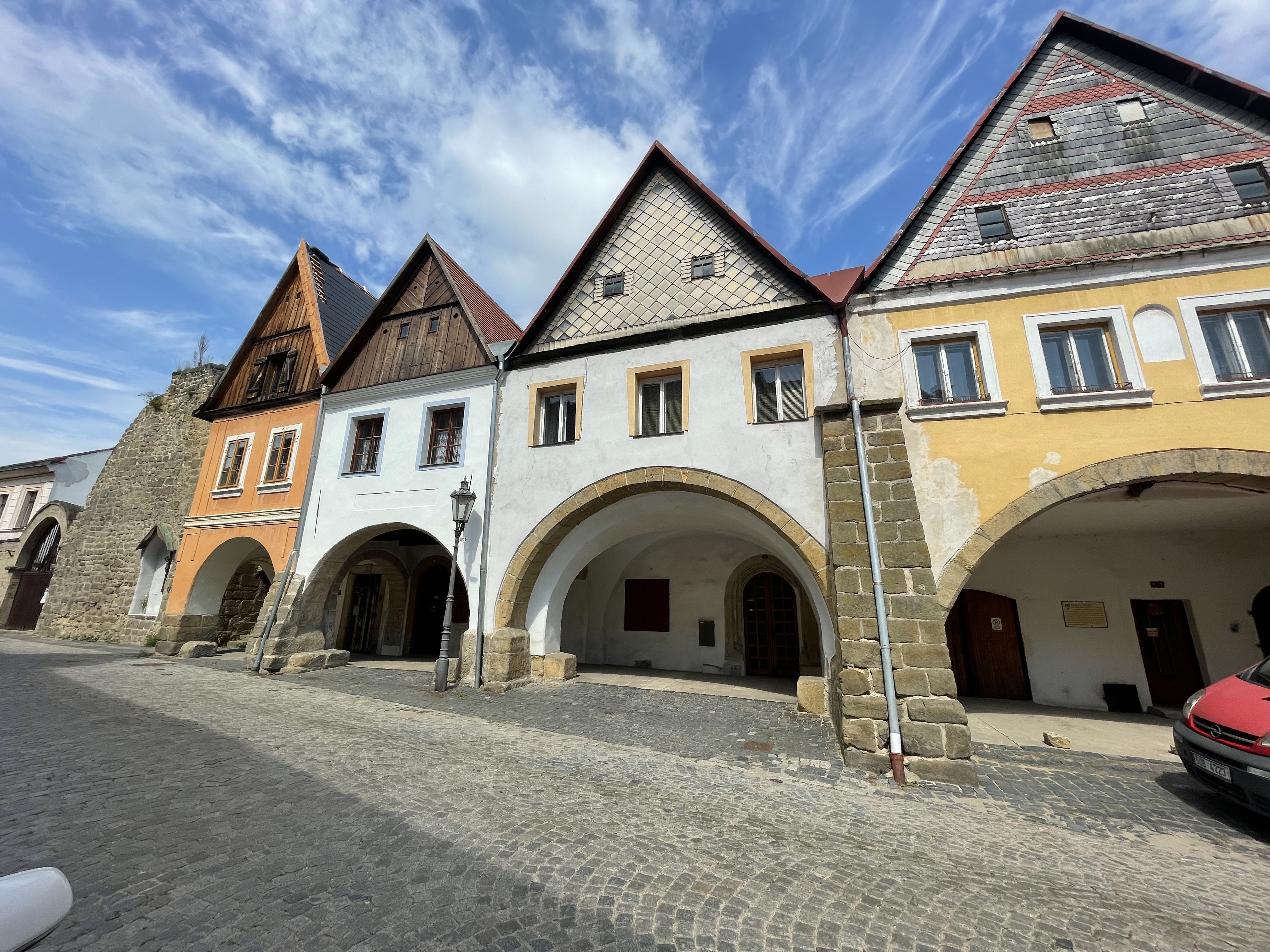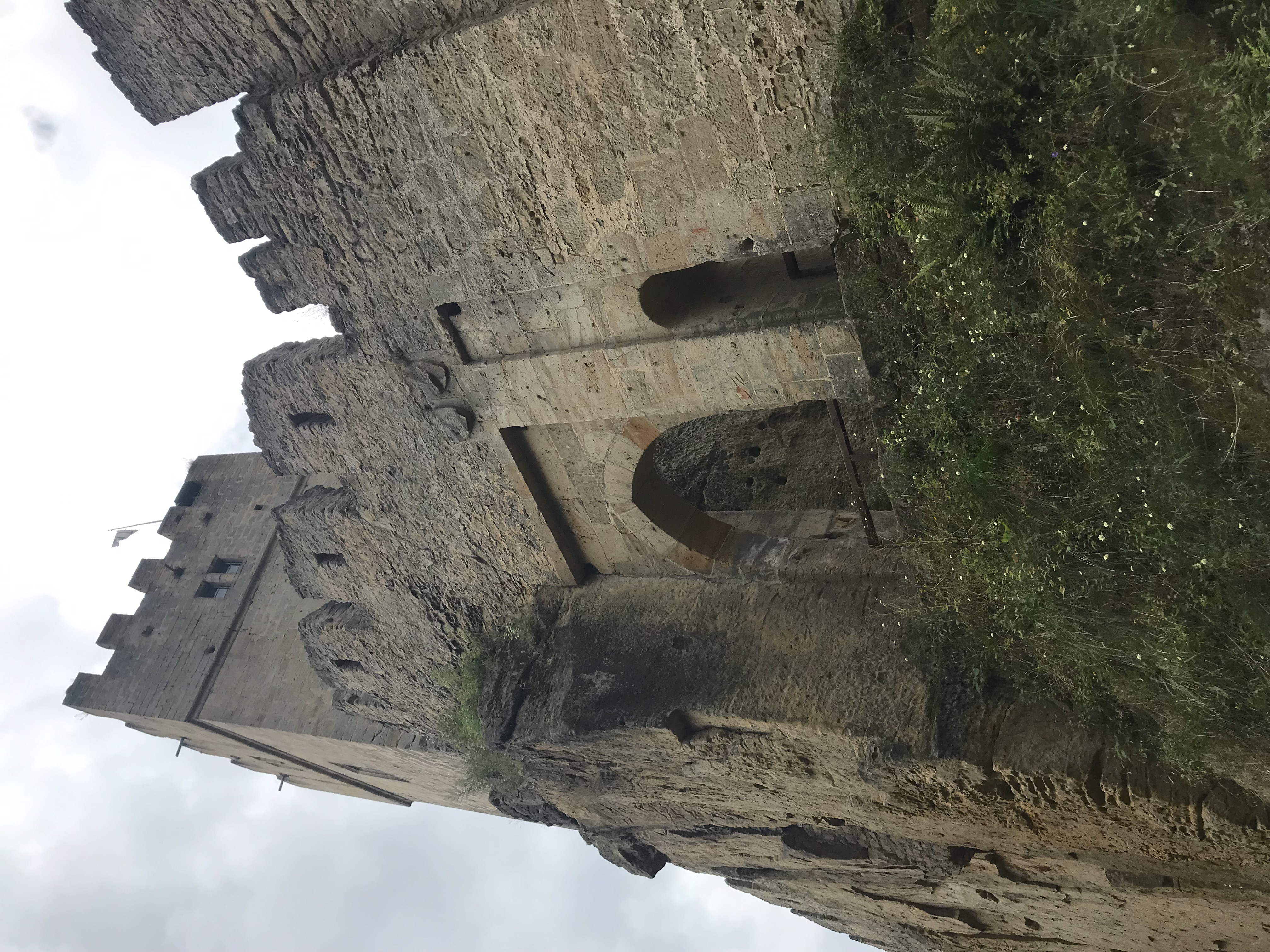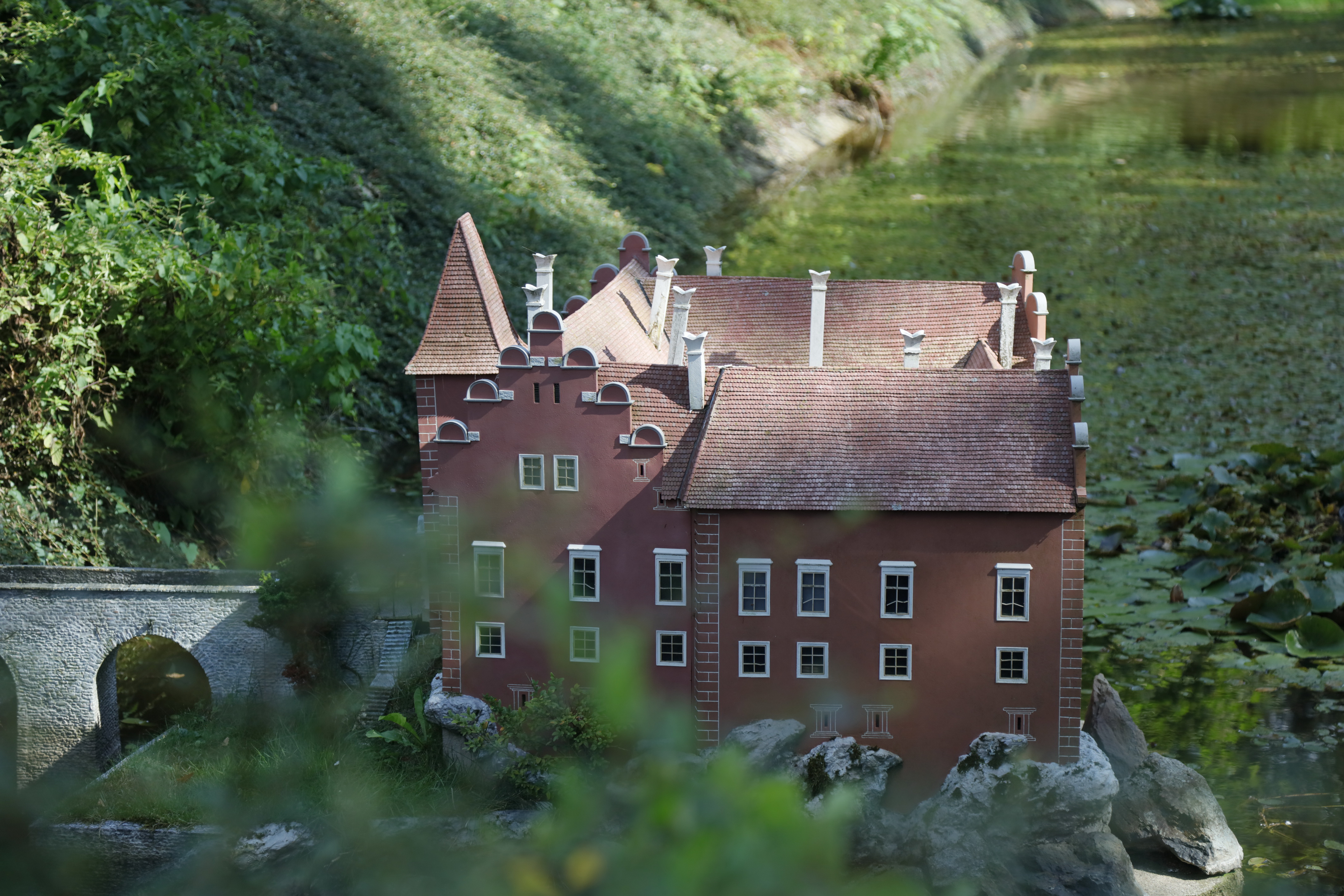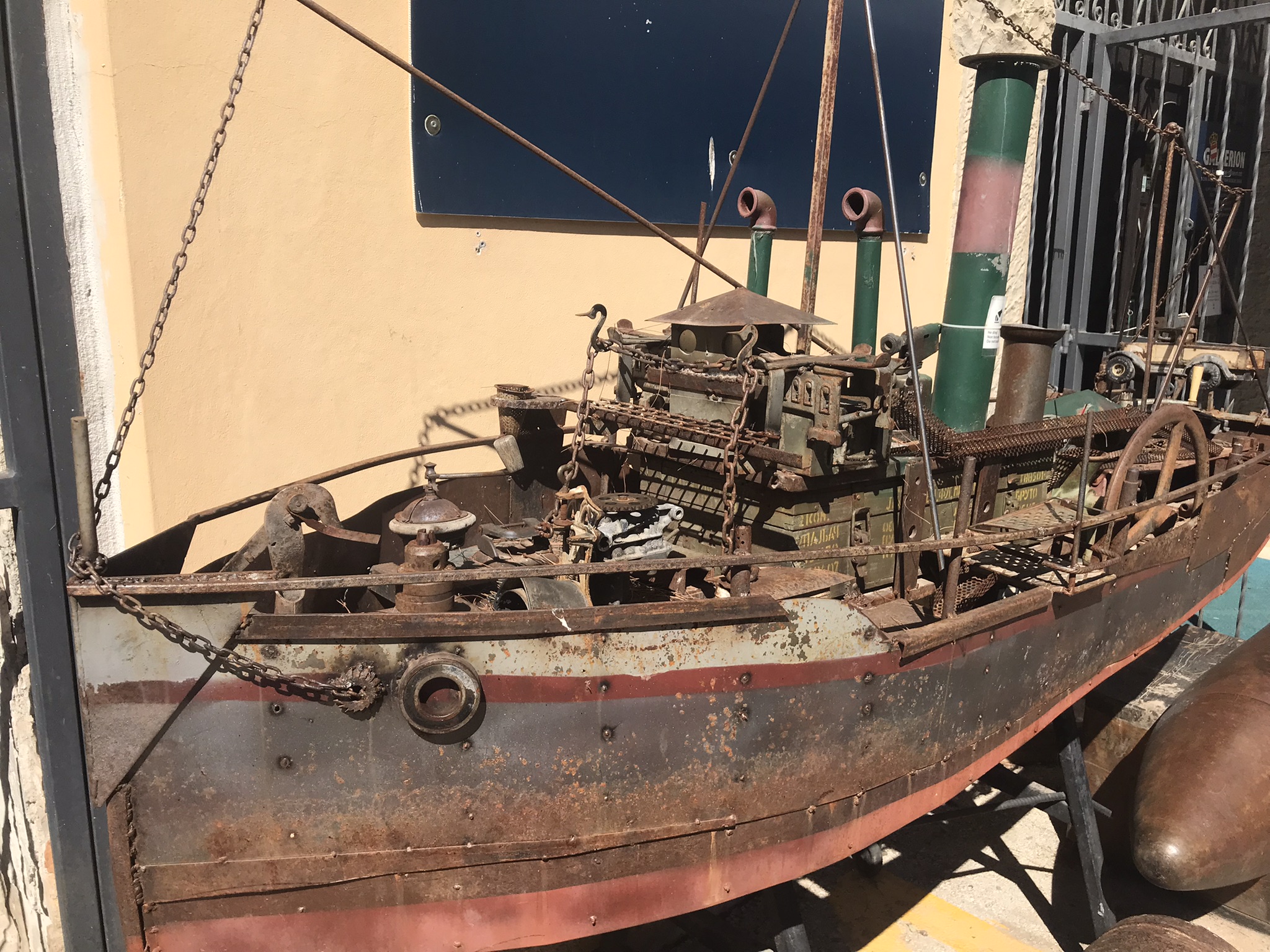While millions of visitors inundate Prague’s grand, monumental centers—the Old Town Square and Charles Bridge—a quieter, almost forgotten pocket of history lies tucked beneath the ramparts of Hradčany. This unique enclave, aptly named Nový Svět (New World), is a serene paradox: a small, centuries-old quarter that truly feels like stepping into a separate, tranquil era. Its charm resides in the irregular geometry of its cobblestone lanes, which wind narrowly between diminutive, brightly colored Baroque and Renaissance houses. Many of these structures, originally home to castle employees, goldsmiths, and artisans, retain the humble, village-like intimacy lost in the city's more massive thoroughfares. Nový Svět invites travelers to escape the tourist din, offering instead the gentle echo of footfalls and the soft light filtering through narrow arches, allowing one to experience Prague not as a bustling capital, but as a collection of preserved, almost hidden dreams.


